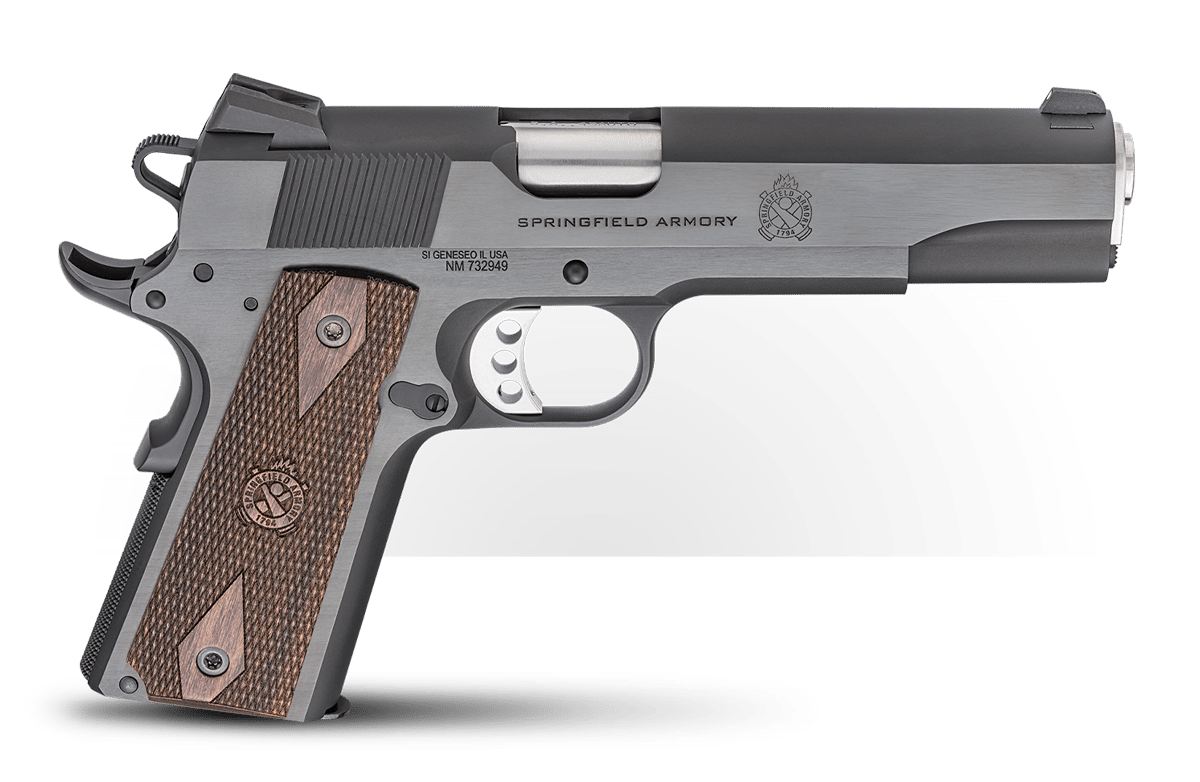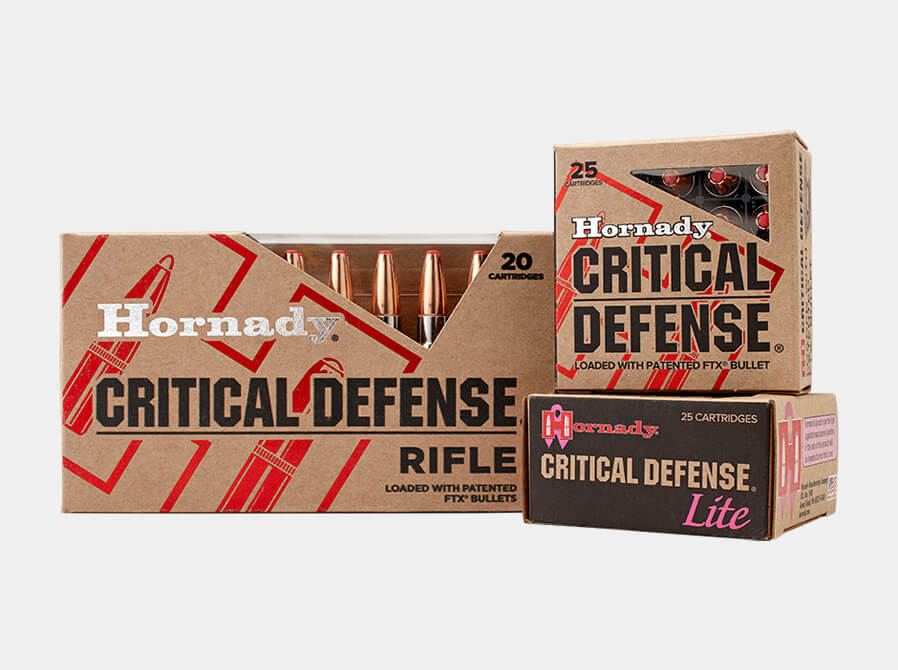In this article, Scott Wagner, a retired law enforcement officer and current trainer, examines the decades old controversy comparing the 9x19mm Parabellum and .40 caliber cartridges. While many people agree that shot placement is more important than the diameter of the projectile hitting it, there are differences between the rounds that bear discussion. Feel free to join in the discussion in the The Armory Life forum and offer your thoughts on the 9mm vs. .40.
The .40 was only one of a handful of cartridges developed primarily for law enforcement use. Another example is the .38 Super Automatic. Introduced in 1929, the .38 Super was designed to be able to shoot through the automobiles driven by gangsters of the period. It was intended to penetrate the early body armor that some gangsters wore.
The .40 had a much different development path, but it was still a response to criminals of its time.
1986 FBI Miami Shootout
Known widely as the 1986 FBI Miami Shootout, there was a disastrous incident involving federal law enforcement agents attempting to apprehend a pair of criminals in South Florida. Two suspects, Michael Lee Platte and William Russell Mattix, were being surveilled by the Federal Bureau of Investigation (FBI) for their role in a series of armed bank robberies.
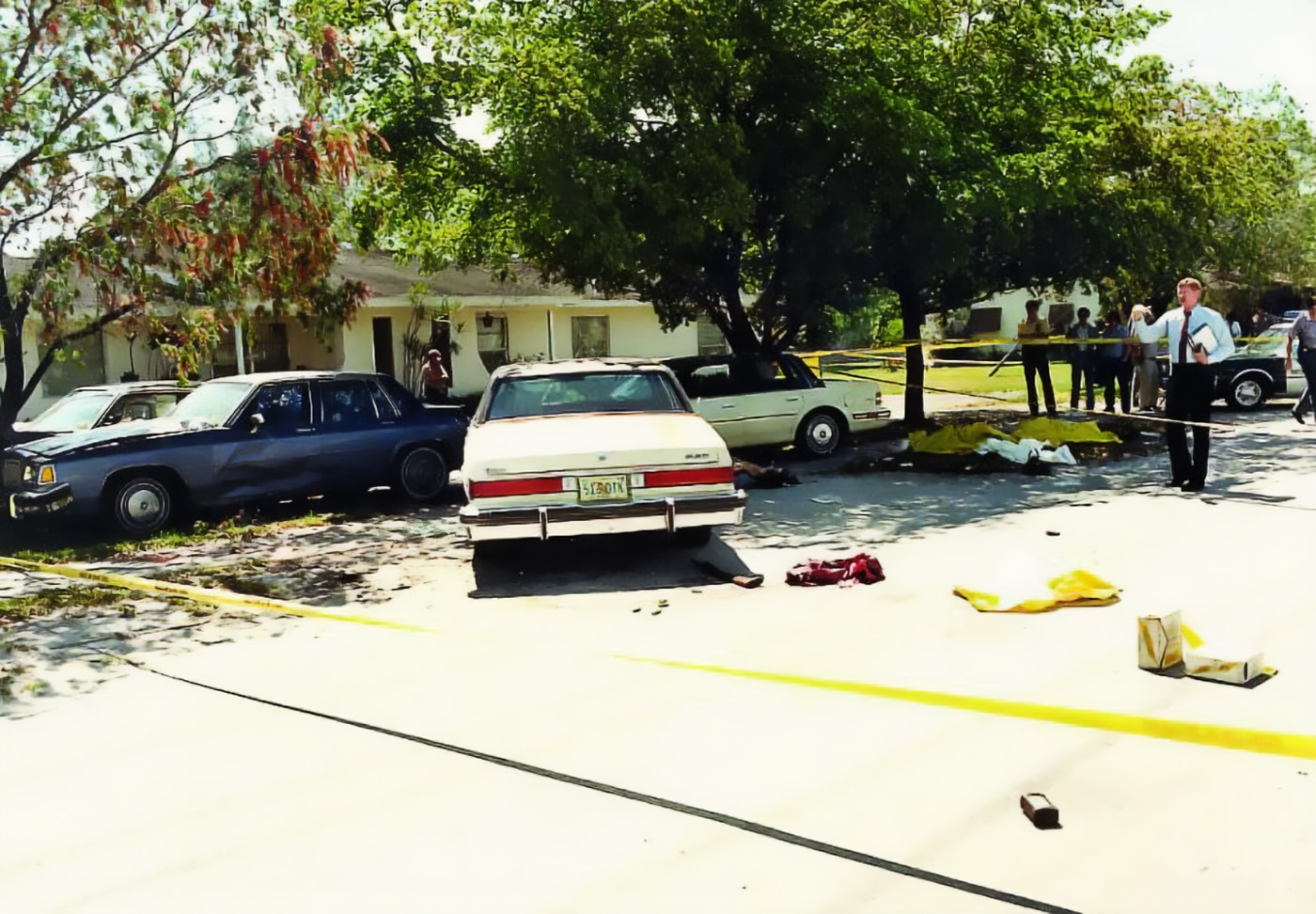
The suspects were known by the FBI to possess and practice with a semi-automatic rifle chambered in .223 Remington, a 12-gauge pump action shotgun and some .357 Magnum revolvers.
At the time of the incident, eight FBI agents were trailing the robbers. The agents were armed with two 12-gauge pump shotguns, a semi-automatic pistol chambered in 9mm Luger, two .357 Magnum wheel guns and five .38 Special revolvers. The shotguns carried with the agents — along with their body armor — were in the trunks of their cars.
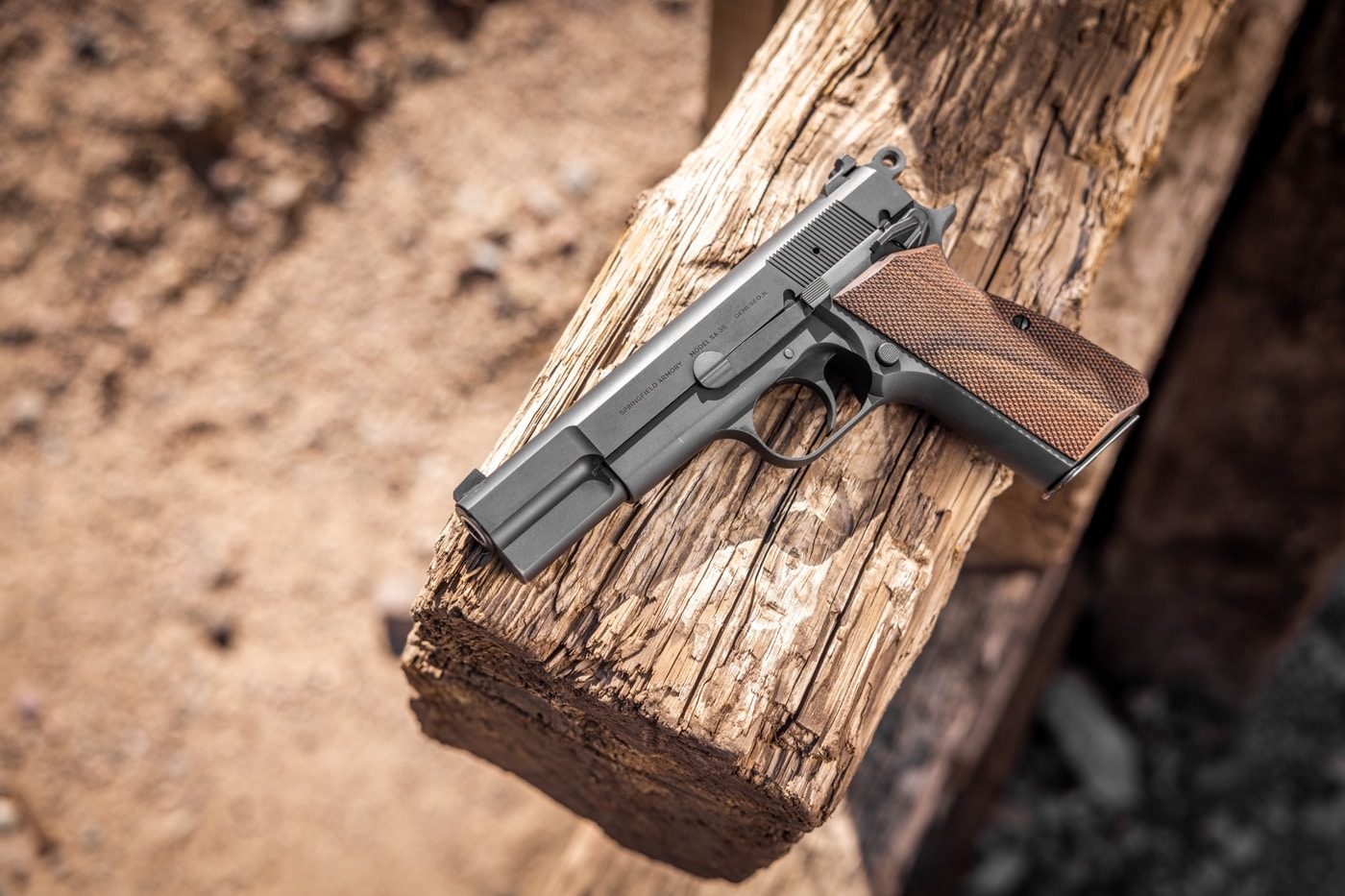
When a shootout ensued following a sudden traffic stop, both suspects and two FBI agents were killed. Five of the remaining six agents were wounded.
In the end, the FBI blamed much of what happened on a single 9mm round fired by the FBI that failed to immediately stop Platte. In the aftermath, the FBI leadership deemed that because a single 9mm round didn’t stop Platte, it was no longer adequate for FBI duty use.
Enter the 10mm Auto
The FBI believed (and rightly so, in my opinion) that a new and much more powerful handgun was needed for duty use — a simple change to a different brand of 9mm bullet wouldn’t do. In 1989, the 10mm cartridge was chosen as the official duty pistol cartridge of the FBI and chambered in a large double-action/single-action (DA/SA) pistol.
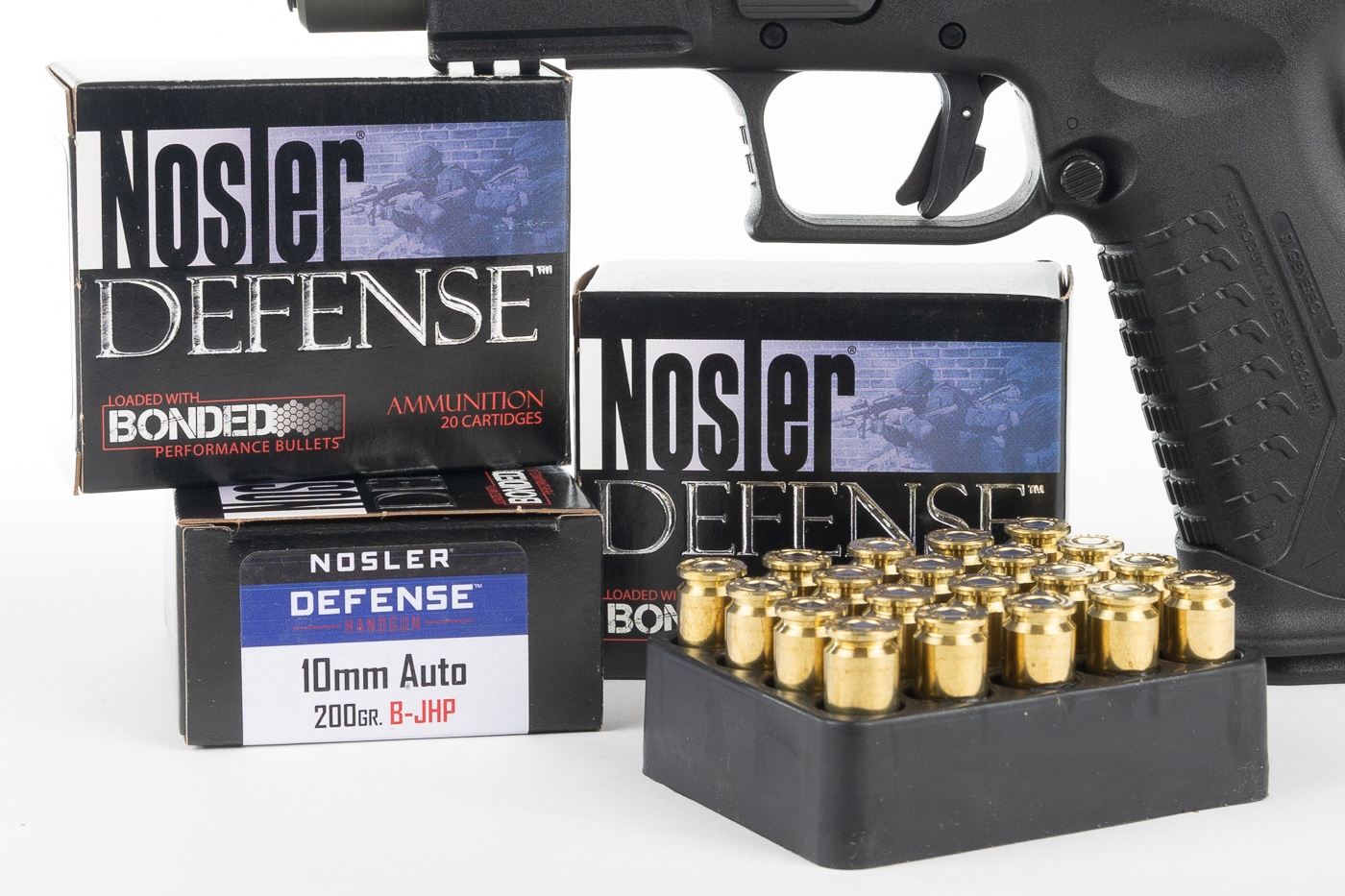
It was not long after the pistol was issued to the FBI that agents of all types and sizes started complaining about the weight and size of their new issue handgun — as well as the recoil of the new 10mm cartridge.
Because of the perceived recoil complaints, Federal Ammunition worked with the FBI to develop the new “Fed-Lite” 10mm round, which reduced the power of the 10mm to a more manageable level. While the felt recoil issue was solved, the weight and bulk of the new pistol remained the same. A different solution was needed.
The .40 is Born
The Fed Lite round was clearly a waste of space in the long 10mm case. As a result, a new cartridge was developed that was effectively a shortened 10mm Auto that could fit in in a 9mm pistol frame.
[To learn more about these cartridges, read 10mm vs. 9mm.]
The new cartridge promised more stopping power than the 9mm, had a larger diameter and heavier bullet, could be chambered in 9mm-sized handguns, and offered a higher magazine capacity than the 10mm Auto.
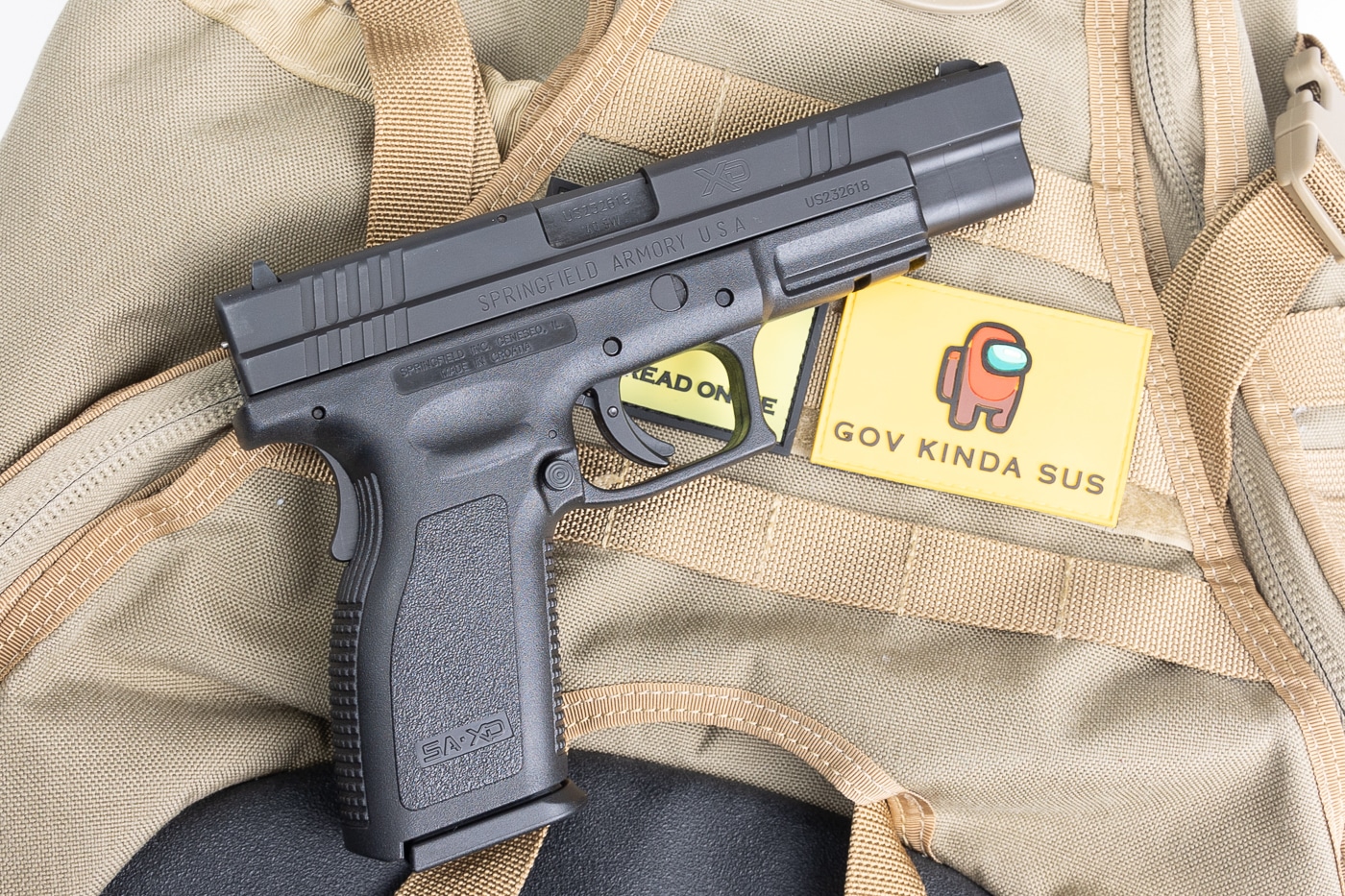
No other cartridge I had ever seen raised such a hullabaloo as the new .40. It seemed that EVERYBODY had to have one. [For more on these rounds, read our article on the 40 cal vs. 10mm.]
As initially introduced, the .40 was topped with a 180-gr. JHP bullet traveling at 1,010 feet per second (fps), which produced a respectable 408 foot-pounds of energy (fpe) at the muzzle. By way of comparison, the most popular standard 9mm duty loads at the time had a 124-gr. bullet traveling at 1,120 fps with 345 fpe.
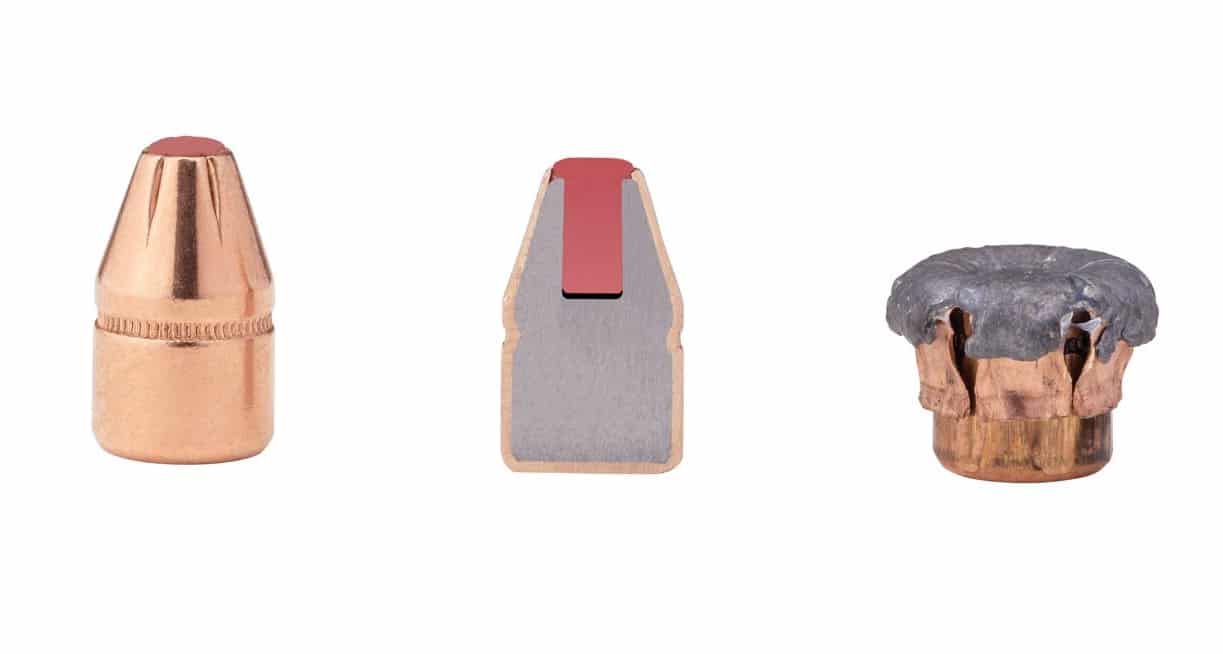
Here at last, seemed to be a round that seemed to split the difference between the 9mm and the .45 ACP. Law enforcement agencies and civilians flocked to firearms chambered for the new cartridge.
What Is the Current State of the .40
For the better part of 25 years, the .40 reigned supreme for fans of semi-automatic pistols as the ultimate self-defense handgun round. Its popularity even diminished the time-honored 9mm vs. .45 ACP debate — which had been going on for as long as those two cartridges existed. People wanted to know which was better — 9mm or .40? Others asked: .40 or .45 ACP?
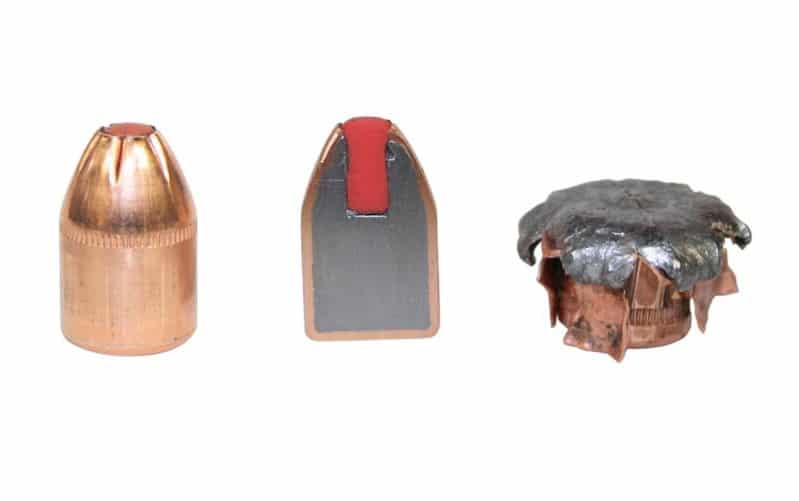
.40 caliber pistols were sold by practically every manufacturer, often in a wide variety of models and sizes, down to even the smallest possible compact sizes. For instance, Springfield Armory has Tactical, Service Model Size, Compact, and Sub-Compact .40 caliber pistols within their XD line of guns.
However, the .40 is no longer in the high demand it once was — so what happened?
In 2015, the FBI — the very agency that helped popularize the 10mm — dumped the .40 in favor of the 9mm cartridge for its duty pistols. One reason for the change was that it was thought that the lower recoil of the 9mm could result in faster follow-up shots with better accuracy. Additionally, the agency believed that modern 9mm loads were just as effective as the .40.
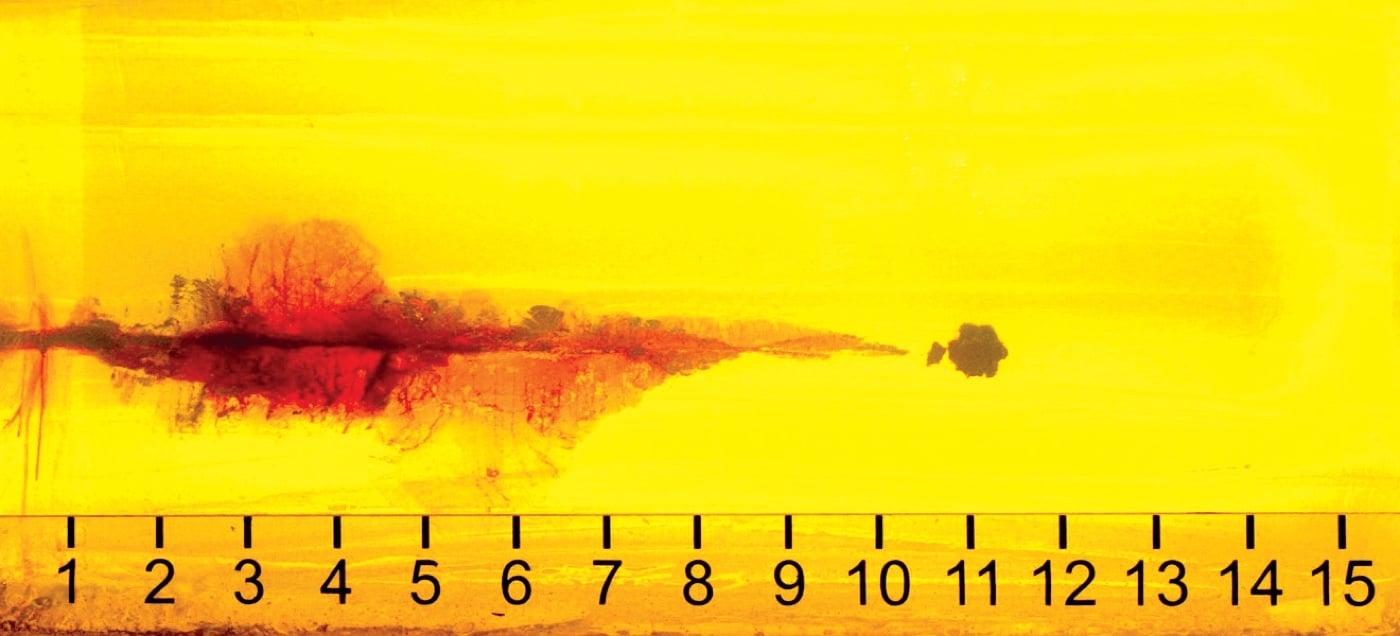
I’ll buy at least part of that. The .40 is a much higher-pressure cartridge than the 9mm, with more blast and flash. It can be harder for new shooters to learn to shoot it accurately, and it is harder on the guns. The .40-caliber cartridge is generally a bit more expensive per round than 9mm ammunition.
The FBI backed their change by publishing ballistic gelatin testing data, which it said showed the 9mm and .40 ammo were more or less equal when it came to terminal performance and stopping power. That, I don’t buy. But once that info was out, everyone switched gears and the mission to dump the .40 was underway.
The change happened almost overnight. Police agencies began the switch to the 9mm in droves. .40 caliber pistols — and loads of other police handguns — flooded the market. A “must-have” caliber had become a “don’t-want” caliber.
Have you noticed that many new defensive pistols are almost exclusively introduced in 9mm without a .40 caliber option? 9mm is what law enforcement and civilians interested in self-defense want today, right?
Clay Block Comparison
I regularly use 25 lb. blocks of moist modeling clay to test bullet performance. Yes, I know clay isn’t human tissue, but neither is ballistic gel. However, it is an inexpensive and easy to work with medium with which to directly compare the performance of handgun and certain rifle rounds.
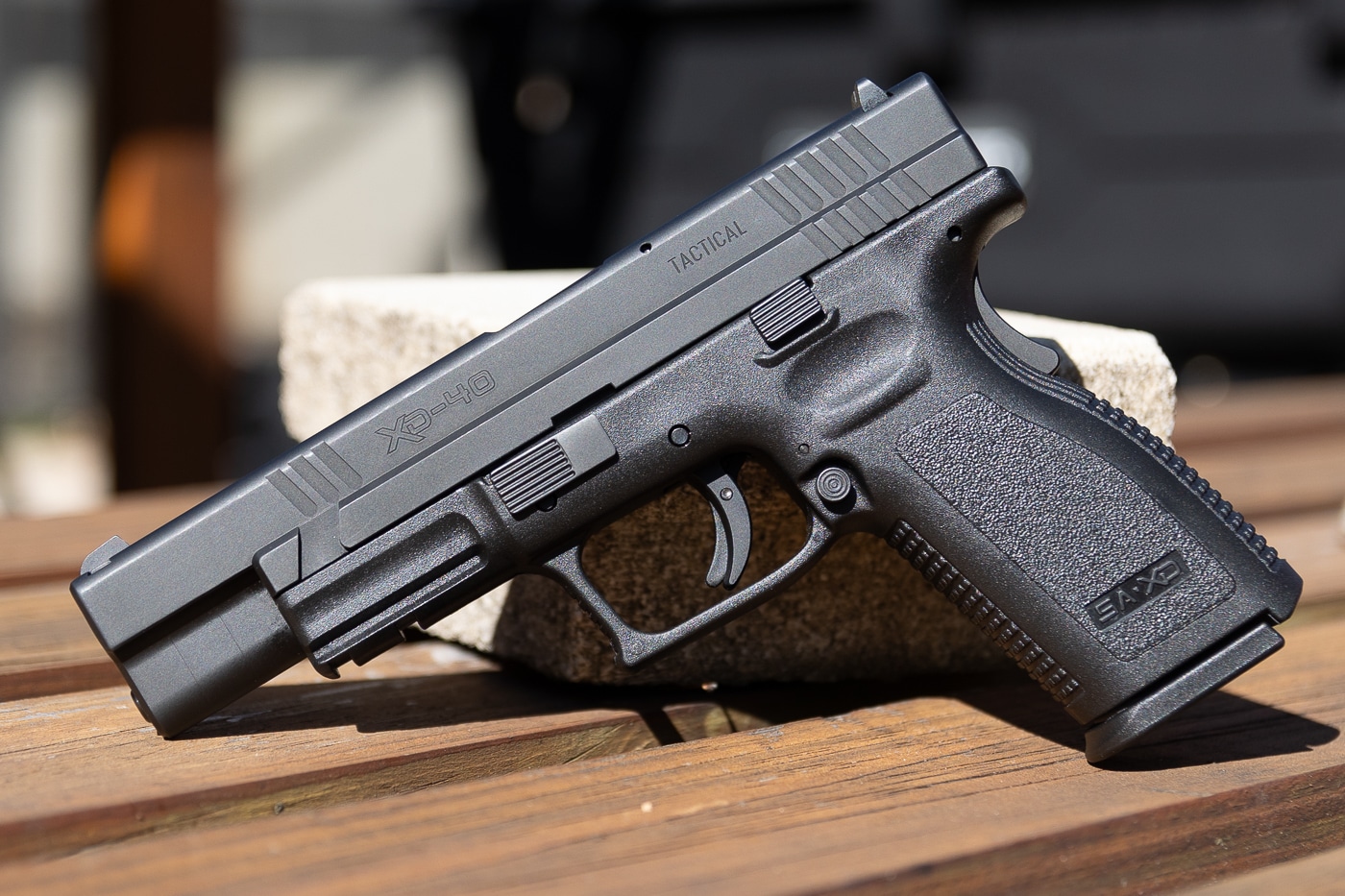
I admit that in terms of which round is more capable, there is no doubt in my mind that the .40 is more potent than the 9mm, so I am not trying to discern which is the more powerful cartridge — my investigation for this piece tells me that it’s the .40. It’s just simple physics.
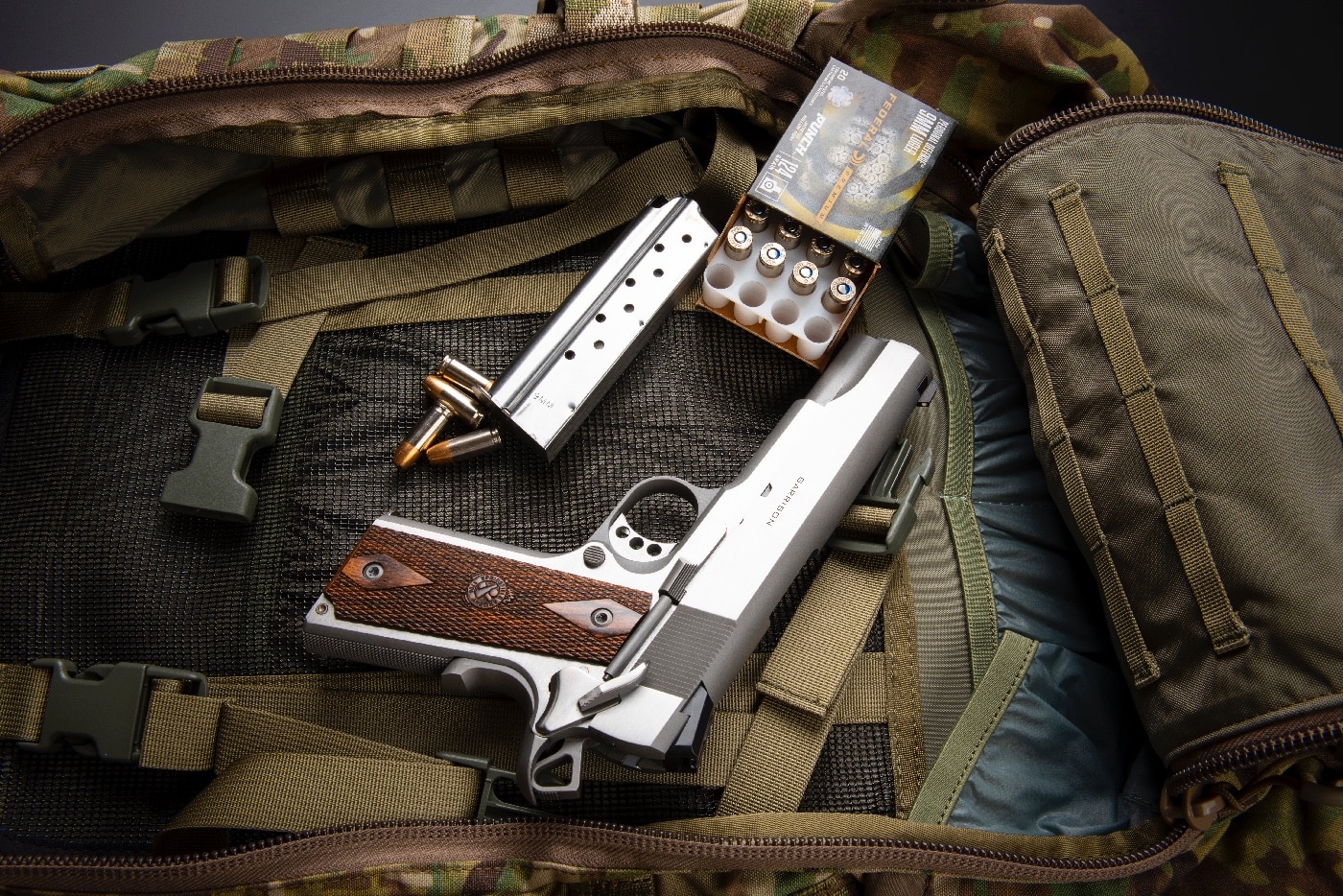
The .40 uses a larger diameter bullet than the 9mm — .400 inch vs. .355 inch — and it is also heavier. Of course, you can skew the results by “comparing” dissimilar projectiles and designs. But I am not doing that here, I am comparing apples to apples.
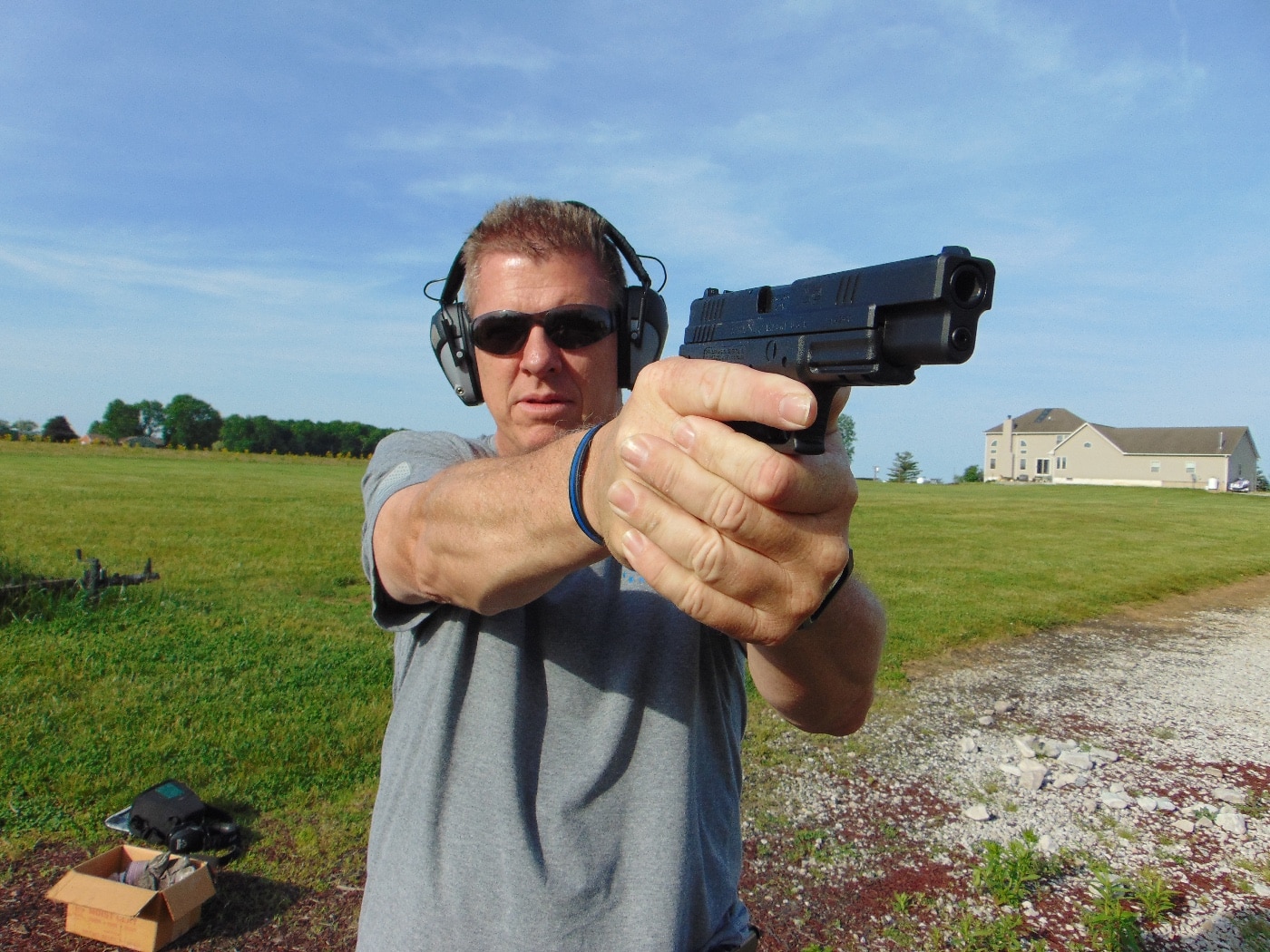
Guns used for the test were the Springfield Armory Stainless Steel Garrison with a 5” barrel and the Springfield Armory XD Tactical Model with 5” barrel keeping the testing conditions equal. Standard pressure hollow point bullets of the same type in both 9mm and .40 were used. Bullets were what I consider the optimum weight in their caliber — 124 grain for the 9mm and 165 grain for the .40. Velocity of the 9mm is listed at 1,165 fps with 443 fpe at the muzzle. Velocity of the .40 is listed at 1,090 fps with 435 fpe at the muzzle.
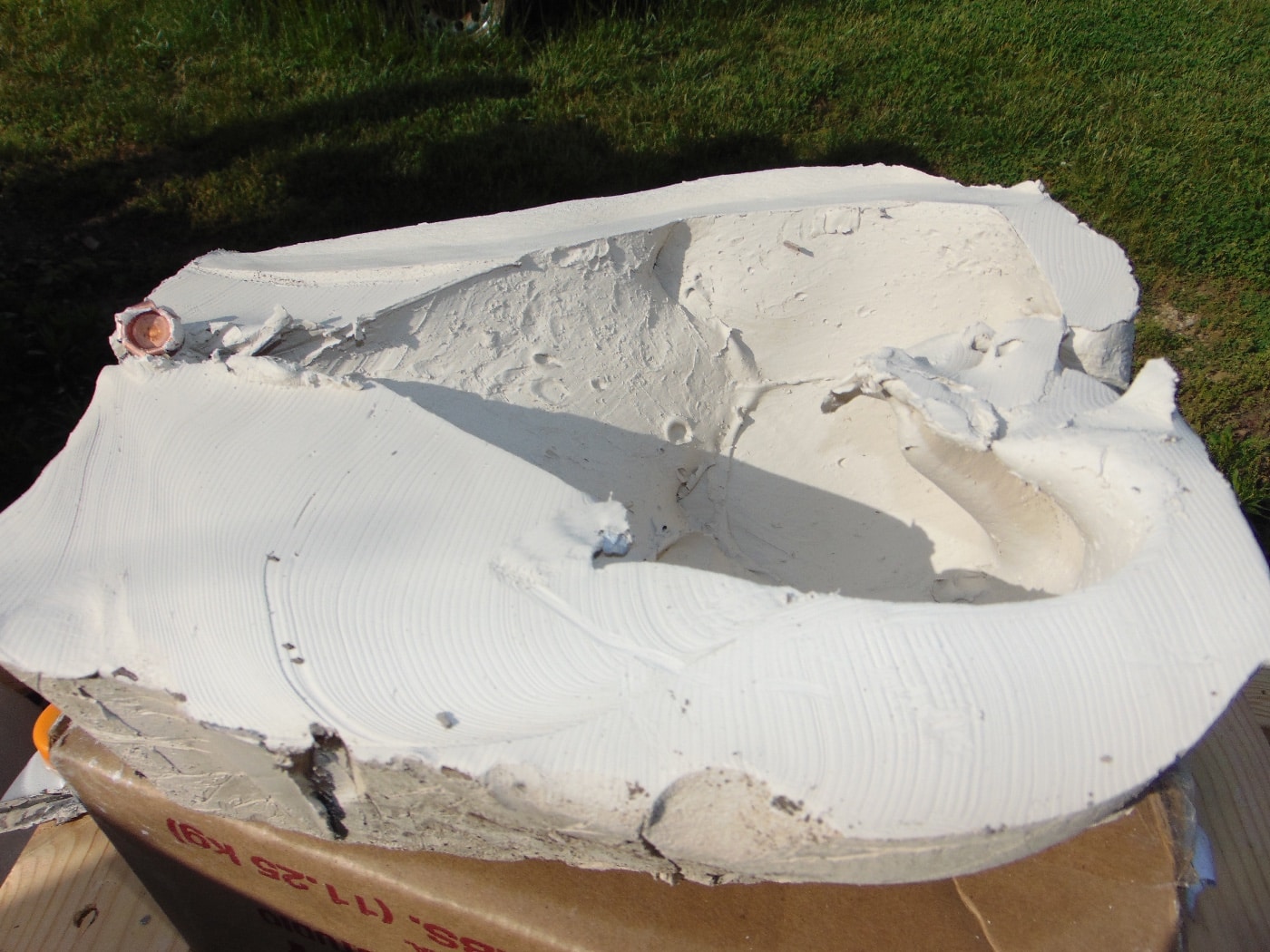
We set up the two clay blocks out at my friend Bret’s range. We fired one shot with each load on a block and then sectioned them. Here is what we found.
While the 9mm performed very well and would be a fine defensive load, the .40 caliber impact was visually more powerful. The .40 hit hard enough to cause pieces of clay from the cavity to blow back and hit me while also drawing the front of the clay back into the block — and expanding both sides of the block outward. The 9mm created a large yet less complex entrance hole and expanded the left side of the block. When the blocks were sectioned and measured, this is how they compared:
9x19mm Parabellum Ammo
- Maximum width of cavity, 5”
- Depth of penetration, 10”
- Expanded round recovered in end of block
.40 Caliber Ammunition
- Maximum width of cavity, 6½”
- Depth of penetration, 10”
- Expanded round recovered in end of block
Wrapping Up the 9mm vs. .40 Debate
While the two rounds are close in performance on paper, the effect of additional mass and diameter of the .40 caliber bullet overcomes the velocity advantage of the lighter weight 9mm in my testing. The two rounds are not equal.
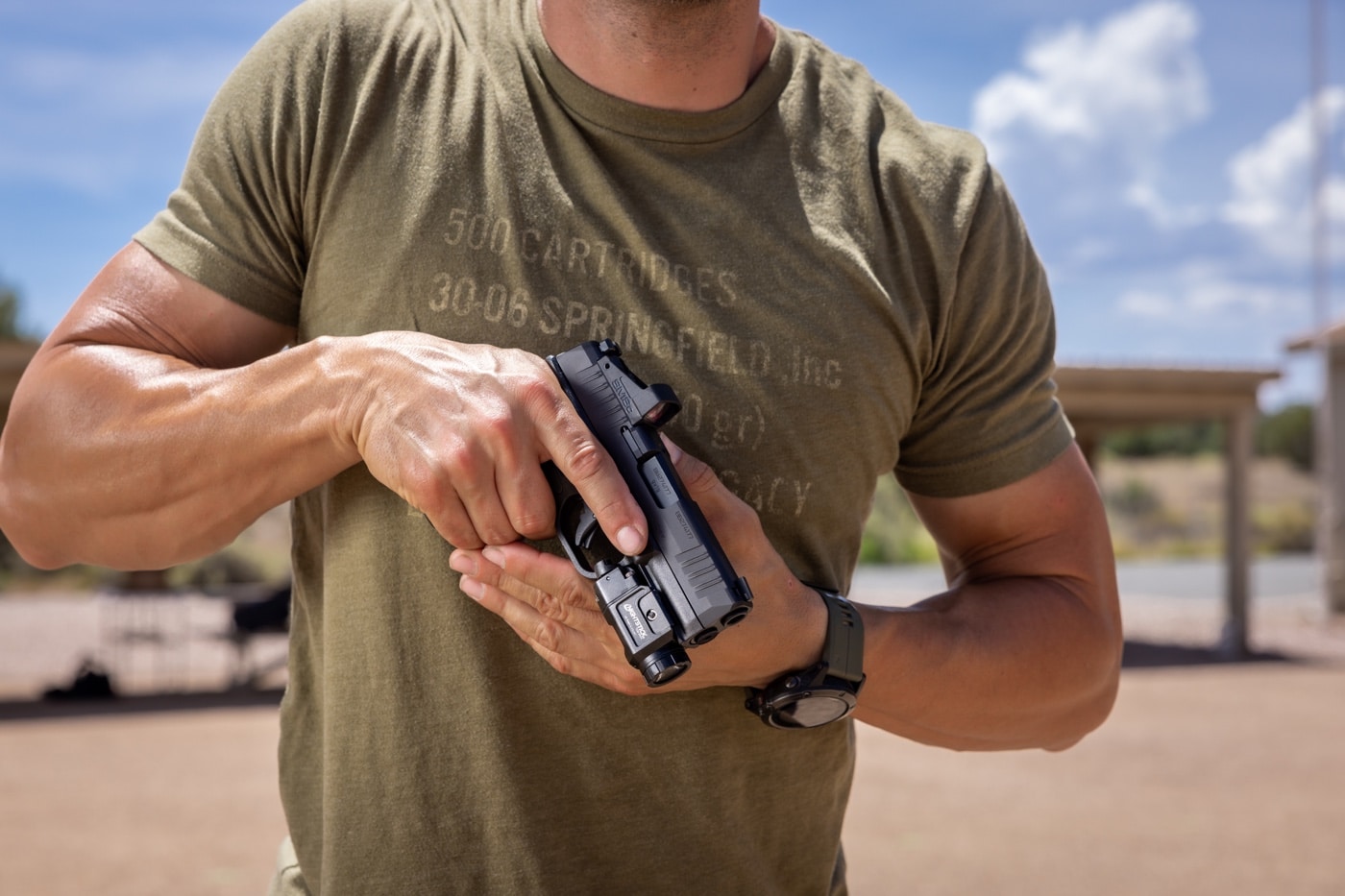
So, you have to decide which round is right for you. Is your ability to handle the 9mm balanced with the power downrange, or should you push to try a gun chambered in .40? When choosing what pistol to carry, do you want the most power you can handle being delivered from your handgun, or can you accept a bit less in return for less recoil and potential better accuracy and fast follow-up shots? The final choice is up to you.
Editor’s Note: Be sure to check out The Armory Life Forum, where you can comment about our daily articles, as well as just talk guns and gear. Click the “Go To Forum Thread” link below to jump in!
Join the Discussion
Featured in this article
Read the full article here



